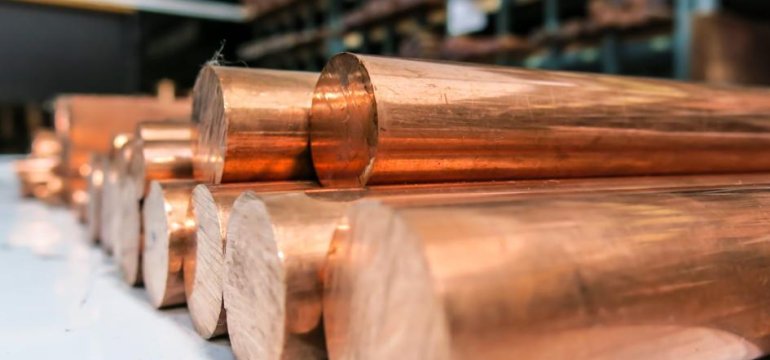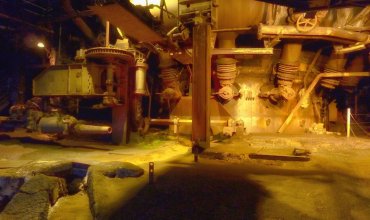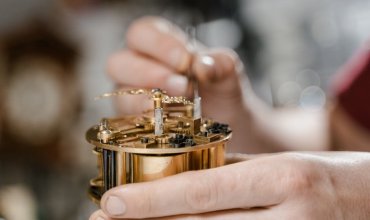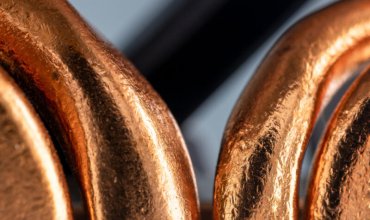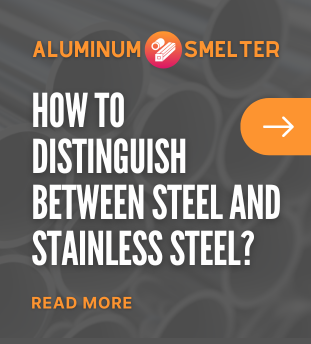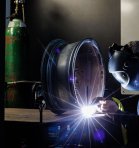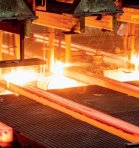Copper is one of the oldest and most widely used metals in the world. From ancient times to the present day, copper's uses span a wide range of fields: from technology to medicine, from construction to the food industry. Copper is a metal with exceptional electrical and thermal conductivity, making it an extremely versatile material. However, despite its unparalleled performance in many applications, there are several limitations to its use that are worth knowing. In particular, copper can react undesirably with other substances and materials, which can lead to adverse effects.
In this article, we will discuss what copper should not be combined with in order to take advantage of its amazing properties in the safest and most effective way. We will analyze in which situations combinations with other metals, chemicals and food can be a problem. We will apply the latest information and expert opinions to provide factual and reliable information.
Copper and other metals: avoid unwanted reactions
Copper does not always interact favorably with other metals. One of the most common problems is the occurrence of galvanic reactions. A galvanic reaction is an electrochemical process that occurs when two different metals come into contact in the presence of an electrolyte, leading to the corrosion of one of them.
Connectors, tubes, or components made of copper and aluminum can lead to faster corrosion of one of the metals. Such a situation is particularly problematic in water installations, where destructive reactions can weaken pipe systems and lead to leaks.
As construction and plumbing experts point out, the use of dielectric or insulating barrier fittings between copper and aluminum is recommended to avoid problems. The use of such connectors can significantly extend the life of the installation and prevent serious failures.
Similarly, combining copper with zinc can be problematic. Zinc plating is a popular method of protecting metals from corrosion, but contact between copper and zinc coatings can lead to microcracks and weaken the structure.
All of these examples show that when designing copper installations, careful planning should be done on what materials to use in close proximity to avoid unwanted chemical reactions.
Copper and chemicals: avoid corrosion and weakening
When operating copper, it is worth paying attention not only to other metals, but also to the various chemicals with which copper may come into contact. Some chemicals can significantly affect the properties of copper, leading to corrosion and degradation.
One such example is ammonia. Copper reacts with ammonia, forming complexes that can weaken its structure. Ammonia is present in many cleaning products, fertilizers, and some industrial processes. Even low concentrations of ammonia can cause damage to copper, which is particularly dangerous in industrial installations and air-conditioning systems.
Another substance worth noting is acetic acid, which is often used in the food industry. Its contact with copper can lead to surface corrosion, which can affect not only the longevity of the metal, but also the health of consumers who may accidentally consume the contaminated product.
Experts recommend avoiding copper contact with chlorinated salts and acids. Chlorine forms compounds with copper that are highly aggressive and can lead to scenarios of accelerated aging of the metal. When combined with moisture, this leads to the formation of copper chlorides, which catalyze corrosion.
In summary, knowing the potential hazards associated with the use of chemicals in the context of copper is key to its safe and long-term use. Using proper safeguards and avoiding contact with aggressive chemicals keeps copper's properties at a high level.
Copper and food: safe storage and preparation
Copper is often used in the kitchen, especially in cookware. However, not all foods are safe to store or prepare in copper cookware. One must be especially careful about copper's contact with organic acids, which are often found in food.
Citric acid, found in citrus, tomatoes and many other fruits, can react with the surface of copper, leading to its erosion and food contamination. When citric acid comes into contact with copper, undesirable chemical compounds are formed that can be toxic.
The situation is similar with fermented products that contain lactic acid. Products such as sauerkraut, pickles and fermented beverages can not only lose quality when in contact with copper, but also pose health risks.
Nutrition and public health experts indicate that copper is best avoided in the manufacture of cookware and containers intended for contact with highly acidic foods. For this reason, copper cookware should be coated with protective layers, such as stainless steel or tin, that prevent direct contact between food and copper.
It is also important to remember not to use damaged or scratched copper cookware, as it may not perform its protective function, exposing us to unnecessary risks. Maintenance of copper cookware and its proper use allows you to enjoy its benefits without health risks.
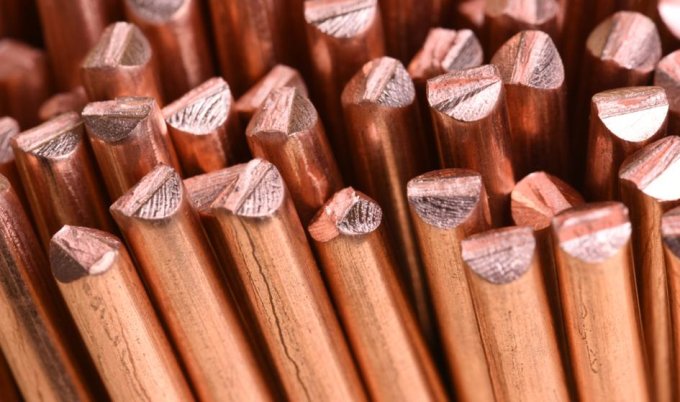
Copper and drinking water: the standard and how to protect it
One of the most controversial topics related to copper is its use in plumbing systems and its impact on drinking water quality. Copper is widely used in piping systems due to its corrosion resistance and antibacterial properties. However, excessive amounts of copper in drinking water can lead to health problems.
According to the World Health Organization (WHO) and Polish standards, the maximum permissible amount of copper in drinking water is 2 mg/L. Exceeding this value can lead to symptoms of copper poisoning, such as nausea, headaches, abdominal pain or even liver damage. This is especially important in homes with young children, who are more sensitive to excess heavy metals.
In Poland, it is advisable to regularly monitor the quality of water in domestic systems, especially in buildings with long-term use of copper pipes. It is also advisable to use filters and technologies that purify water from excess heavy metals. Installations should be carried out by qualified installers who are aware of the risks and know how to apply appropriate safety solutions.
Environmental engineering experts stress that one effective way to prevent excessive dissolution of copper in water is to use passivation. Passivation involves the formation of a protective oxide layer on the surface of copper, which reduces its solubility and extends the life of the installation.
It is also important to remember that water quality can vary from region to region and from source to source. That's why it's important to take an individual approach to each water supply system and have it tested regularly by accredited laboratories.
Copper in medicine: safe use in implants and surgical instruments
Copper is also used in medicine, mainly in implants and surgical instruments. Thanks to its antibacterial properties, copper is a valuable material in the fight against hospital infections and in the wound healing process. Nevertheless, there are some limitations to its use in contact with living tissue.
One key aspect is copper's compatibility with the human body. Copper in large quantities can cause allergic reactions and inflammation. Therefore, copper alloys that are more biocompatible, such as brass or bronze, enriched with other metals, such as zinc or nickel, are used.
Biomaterials experts recommend using thin layers of copper on implant surfaces that come into contact with body tissues. In such cases, copper acts effectively as an anti-infective barrier while minimizing the risk of negative reactions. These layers are often coated with additional protective coatings to ensure safety and functionality.
When associating copper with what not to combine, it is also worth remembering to avoid contact between copper and other metals used in medicine, such as stainless steel or titanium. Copper can cause galvanic corrosion, weakening the structural integrity of implants. Therefore, the design of implants and medical devices must be carefully considered, taking into account potential reactions between different materials.
In conclusion, the use of copper in medicine is safe and effective, provided that strict standards are met. Regular research, the development of new technologies and the implementation of appropriate safety methods allow the safe use of copper in this important field.
Summary
Copper is an invaluable material in many areas of life, from construction to medicine. Its chemical and physical properties make it exceptionally versatile, but at the same time it requires special attention in its application. Copper with what not to combine is a key question to avoid problems related to chemical reactions, corrosion and potential health risks.
In this article, we have presented various aspects related to the limitations of using copper with other metals, chemicals, food products, water and in medicine. Each of these topics requires a customized approach and appropriate safeguards to realize the full potential of copper without being exposed to its drawbacks.
The use of appropriate technical solutions, regular quality checks and adherence to standards and expert recommendations allow you to enjoy the benefits of copper in a safe manner. Knowledge of copper with what not to combine is not only useful, but also essential for making informed decisions about its use in everyday life.


